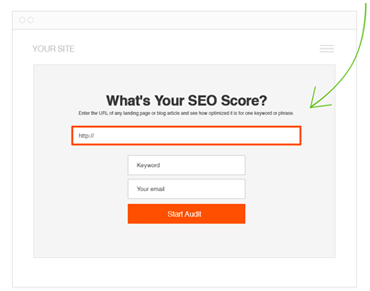How Redesigning a Website Can Affect SEO

Redesigning a website can be daunting, but it’s often necessary to keep up with the times and improve the user experience. However, it can also significantly impact your website’s Search Engine Optimization (SEO).
If not done correctly, a redesign can harm your search rankings. Here’s a breakdown of how website redesign can affect SEO and tips on doing it right.
Potential Negative Impacts of a Website Redesign on SEO
1. Loss of Existing Backlinks: If your website undergoes a significant redesign, especially with changes to URL structures, you risk losing valuable backlinks. Search engines may be unable to map the old URLs to the new ones, leading to broken links and decreased link authority.
2. Temporary Drop in Rankings: During and immediately after a redesign, it’s common to see a temporary drop in search engine rankings. This is due to the search engines re-indexing your website to understand the changes and potentially reassess its relevance to search queries.
3. Content Quality and Relevance: A poorly executed redesign can negatively impact your content’s quality and relevance. If your content becomes more challenging to find, read, or understand, search engines may perceive it as less valuable.
4. Technical Issues: A redesign can introduce technical issues that hinder SEO. These issues might include slow page load times, problems with mobile-friendliness, or errors in the sitemap or robots.txt files.
Tips for SEO-Friendly Website Redesign
1. Plan and Conduct Research: Before starting a redesign, conduct thorough research. Analyze your website’s performance, identify improvement areas, and set clear goals. Create a detailed redesign plan that addresses both user experience and SEO factors.
2. Maintain URL Structure: Keep your URL structure consistent whenever possible. Avoid drastic changes that could break existing links. If changes are necessary, implement 301 redirects to guide search engines to the new URLs.
3. Optimize Content: Ensure your content remains relevant, high-quality, and well-structured. Use relevant keywords naturally throughout your content, but avoid keyword stuffing.
4. Prioritize Mobile-Friendliness: With increasing mobile searches, your redesigned website must be mobile-friendly. Google prioritizes mobile-friendly websites in search results.
5. Improve Page Load Speed: Slow page load times can negatively impact user experience and SEO. Optimize images, minimize code, and leverage caching to improve your website’s speed.
6. Test Thoroughly: Conduct extensive testing before launching your redesigned website to identify and fix any technical issues. Use tools like Google Search Console to monitor for errors and warnings.
7. Monitor and Analyze: After the redesign, use analytics tools to closely monitor your website’s performance. Track changes in organic traffic, search engine rankings, and user behavior. Based on your findings, make the necessary adjustments.
By following these tips and carefully considering the potential impact of a redesign on SEO, you can ensure that your website looks great and performs well in search engine results. A well-executed redesign can be a valuable investment in your online presence.
2 responses to “How Redesigning a Website Can Affect SEO”
Leave a Reply
You must be logged in to post a comment.
 August 21, 2024
August 21, 2024



I found this article very interesting. I recently changed the wordpress theme of my website and at the same time changed many other details. Along with this I have noticed a drop in clicks from google.
Hi Matthew, yes, this is possible. Please monitor the situation over the next few weeks. If the decline continues, we’ll need to address a more significant issue. However, I expect it to stabilize soon.